Home>Gardening & Outdoor>Garden Tools & Equipment>How Does A Lawnmower Engine Work
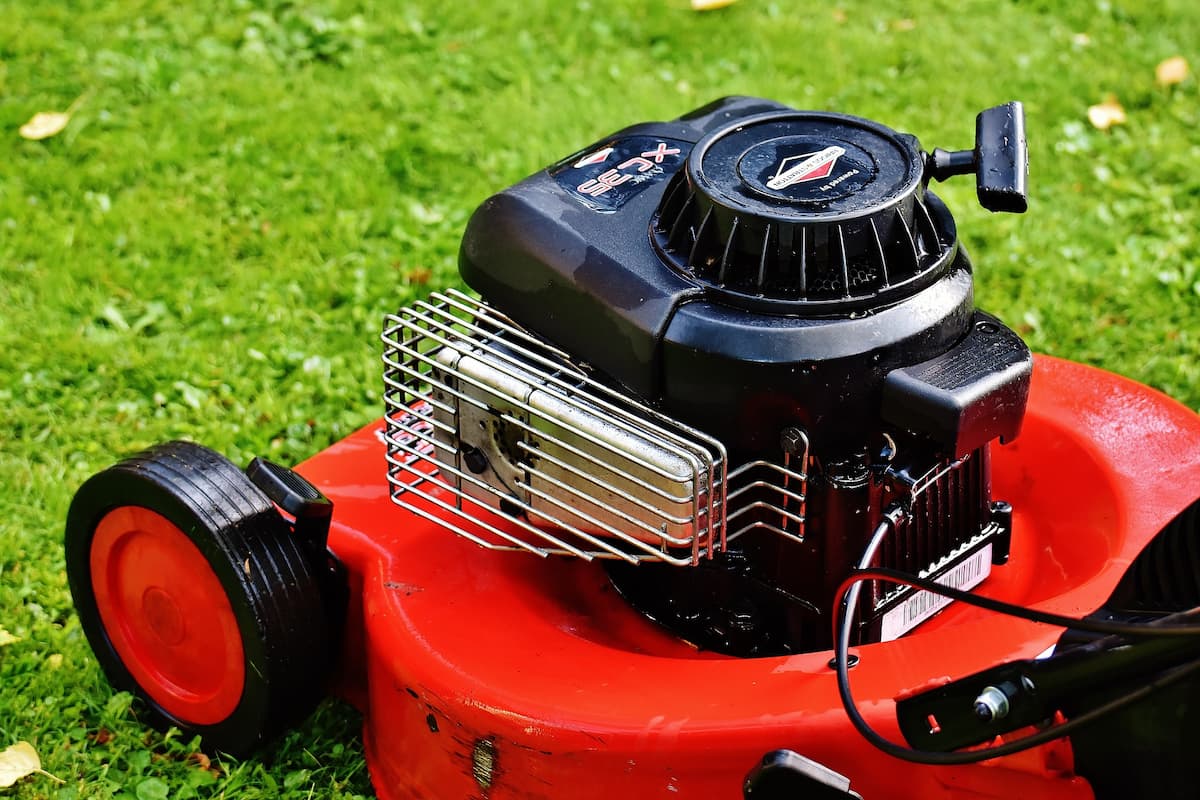

Garden Tools & Equipment
How Does A Lawnmower Engine Work
Published: January 21, 2024
Discover how lawnmower engines work and get insights into garden tools and equipment. Learn about the mechanics behind lawnmower engines and their role in maintaining your garden.
(Many of the links in this article redirect to a specific reviewed product. Your purchase of these products through affiliate links helps to generate commission for Storables.com, at no extra cost. Learn more)
Introduction
Welcome to the heart of your lawn mower – the engine. Have you ever wondered how this essential component works to power your trusty mower and keep your lawn looking pristine? The inner workings of a lawnmower engine are a fascinating blend of mechanical, electrical, and chemical processes, all working in harmony to convert fuel into the kinetic energy needed to spin the mower's blades and propel it across your yard.
In this article, we will embark on a journey through the intricate mechanisms that make a lawnmower engine tick. From the combustion process to the ignition system, fuel delivery, lubrication, cooling, and power transmission, we will delve into each vital aspect, unraveling the magic behind the seamless operation of a lawnmower engine.
So, grab your gardening gloves and let's dive into the world of lawnmower engines, unraveling their inner workings and gaining a deeper appreciation for the marvels of mechanical engineering that make lawn care a breeze.
Key Takeaways:
- The combustion process in a lawnmower engine transforms fuel into the energy that powers the mower’s blades and wheels, creating a mesmerizing dance of mechanical, electrical, and chemical processes.
- The ignition, fuel delivery, lubrication, cooling, and power transmission systems work together to ensure the smooth and efficient operation of a lawnmower engine, transforming fuel into kinetic energy for a pristine lawn.
Read more: How To Rebuild A Lawnmower Engine
Basic Components of a Lawnmower Engine
Before we delve into the intricacies of how a lawnmower engine operates, it’s essential to understand the basic components that form the foundation of this mechanical marvel. At its core, a lawnmower engine comprises several key elements, each playing a crucial role in the engine’s functionality:
- Cylinder: The cylinder is where the magic happens. It houses the piston and provides the chamber where the air-fuel mixture is combusted.
- Piston: This movable component within the cylinder is driven by the force of the expanding gases during combustion, ultimately powering the engine.
- Spark Plug: Responsible for igniting the air-fuel mixture within the cylinder, the spark plug is a vital part of the combustion process.
- Carburetor: This device blends air and fuel in the correct ratio before it enters the cylinder, ensuring efficient combustion.
- Camshaft: The camshaft controls the opening and closing of the engine’s valves, regulating the intake and exhaust of air and fuel.
- Valves: These openings within the cylinder head allow the intake of air and fuel and the expulsion of exhaust gases.
- Crankshaft: As the piston moves up and down, the crankshaft converts this linear motion into rotational motion, providing the power needed to drive the mower’s blades.
- Flywheel: This rotating component helps maintain the engine’s momentum and smooth out any fluctuations in power delivery.
- Exhaust System: Responsible for channeling and expelling the exhaust gases produced during the combustion process, the exhaust system plays a crucial role in maintaining engine efficiency.
These components work in unison, each fulfilling its specific function to ensure the smooth and efficient operation of the lawnmower engine. As we venture further, we will explore how these components interact to bring the engine to life and power your lawn care endeavors.
Combustion Process
At the heart of every lawnmower engine lies the mesmerizing combustion process, where the potential energy stored in fuel is transformed into the mechanical energy that propels the engine. Let’s take a closer look at the steps involved in this fascinating process:
1. Air Intake: The journey begins with the intake stroke, where the piston moves downward, drawing in a precise mixture of air and fuel from the carburetor or fuel injection system. This mixture enters the cylinder through the open intake valve, preparing for the next phase.
2. Compression: As the piston ascends, the intake valve closes, sealing the air-fuel mixture within the cylinder. The piston then compresses this mixture, significantly increasing its pressure and temperature. This compression phase sets the stage for the subsequent ignition event.
3. Ignition: With the air-fuel mixture at its most compressed state, the spark plug ignites the mixture, initiating a rapid and controlled combustion process. This ignition event releases an intense burst of energy, driving the piston downward with remarkable force.
4. Power Stroke: As the ignited mixture expands, the piston is propelled downward, harnessing the released energy. This linear motion of the piston is then converted into rotational motion by the crankshaft, providing the driving force that powers the lawnmower’s blades and wheels.
5. Exhaust: Once the power stroke is complete, the exhaust valve opens, allowing the expulsion of the spent combustion gases from the cylinder. This paves the way for the next intake stroke, initiating a continuous cycle of combustion and mechanical motion.
This rhythmic sequence of events forms the cornerstone of the engine’s operation, demonstrating the mesmerizing transformation of chemical energy into mechanical work. The precise timing and coordination of these stages are essential for optimizing the engine’s performance, ensuring efficient power delivery for your lawn mowing needs.
Ignition System
Within the intricate ecosystem of a lawnmower engine, the ignition system serves as the catalyst that sparks the combustion process, setting the entire mechanical symphony in motion. Let’s unravel the key components and functions of this vital system:
1. Spark Plug: At the heart of the ignition system lies the spark plug, a small yet mighty device responsible for generating the electrical spark that ignites the air-fuel mixture within the cylinder. This controlled ignition event is essential for initiating the combustion process, propelling the engine and powering the lawnmower.
2. Ignition Coil: Serving as the power source for the spark plug, the ignition coil transforms the low-voltage electricity from the lawnmower’s battery into the high-voltage jolt needed to produce a strong spark. This coil acts as the intermediary between the battery and the spark plug, ensuring a reliable and potent ignition event.
3. Distributor (for older systems): In traditional ignition systems, a distributor plays a crucial role in routing the high-voltage current from the ignition coil to the appropriate spark plug at the precise moment. This synchronized delivery of electrical energy ensures that each cylinder receives the spark at the optimal timing for efficient combustion.
4. Electronic Control Module (ECM – for modern systems): In modern electronic ignition systems, the ECM takes on the role of orchestrating the ignition timing and fuel delivery, optimizing the engine’s performance based on real-time data from various sensors. This advanced control unit enhances the precision and efficiency of the ignition process, contributing to the overall reliability and power output of the engine.
The ignition system’s seamless operation is paramount for the engine’s performance, ensuring that the combustion process unfolds with precision and consistency. By delivering the precise spark at the right moment, this system ignites the fuel-air mixture, setting the stage for the mesmerizing transformation of chemical energy into mechanical power that drives your lawnmower forward.
Fuel Delivery System
As the lifeblood of the lawnmower engine, the fuel delivery system plays a pivotal role in supplying the necessary energy source for the combustion process. Let’s explore the essential components and functions of this vital system:
1. Carburetor: In traditional lawnmower engines, the carburetor serves as the primary device for mixing air and fuel in the correct proportion before delivering it to the cylinder for combustion. This meticulously balanced mixture is essential for ensuring efficient and consistent engine operation, providing the necessary fuel for power generation.
2. Fuel Injection System (in modern engines): Modern lawnmower engines often feature fuel injection systems, offering precise control over the fuel delivery process. Through advanced electronic sensors and injectors, these systems optimize the air-fuel mixture based on real-time engine conditions, enhancing fuel efficiency and power output.
3. Fuel Pump: Responsible for transferring fuel from the mower’s gas tank to the carburetor or fuel injectors, the fuel pump ensures a steady and reliable supply of fuel to support the engine’s demands. This component plays a critical role in maintaining consistent fuel delivery, especially during high-demand operations such as mowing thick grass or navigating challenging terrain.
4. Fuel Filter: To safeguard the engine from potential contaminants and impurities present in the fuel, a fuel filter is integrated into the delivery system. This component helps maintain the cleanliness of the fuel entering the engine, preserving its efficiency and longevity.
By seamlessly orchestrating the delivery of fuel to the engine, the fuel delivery system ensures that the combustion process receives the necessary resources to sustain the engine’s operation. Whether through the meticulous blending of air and fuel in a carburetor or the precision-controlled injection of fuel in modern systems, this system plays a pivotal role in powering your lawnmower and transforming fuel into kinetic energy for a pristine lawn.
Regular maintenance, such as changing the oil and air filter, can help keep a lawnmower engine running smoothly and extend its lifespan.
Lubrication System
Within the dynamic environment of a lawnmower engine, the lubrication system stands as a silent guardian, ensuring the smooth operation and longevity of its intricate components. Let’s delve into the vital role and key elements of this essential system:
1. Engine Oil: The lifeblood of the lubrication system, engine oil serves as a protective barrier, reducing friction and wear between the moving parts within the engine. This critical fluid forms a thin film between surfaces, preventing metal-to-metal contact and dissipating heat generated during operation.
2. Oil Pan and Pump: The oil pan, located at the bottom of the engine, serves as a reservoir for the engine oil. The oil pump, driven by the engine, draws oil from the pan and circulates it through the engine, ensuring that vital components receive the necessary lubrication for smooth operation.
3. Oil Filter: To maintain the cleanliness and integrity of the engine oil, an oil filter is employed to capture and remove contaminants and debris suspended in the oil. This component plays a crucial role in preserving the oil’s lubricating properties and safeguarding the engine from potential damage.
4. Pressure Relief Valve: In the event of excessive oil pressure within the system, a pressure relief valve ensures that the oil can bypass the filter and reach critical engine components, preventing damage due to oil starvation during high-demand conditions.
By providing vital lubrication to the engine’s moving parts, the lubrication system minimizes friction, reduces wear, and dissipates heat, contributing to the engine’s efficiency and longevity. This seamless operation ensures that your lawnmower engine remains a reliable workhorse, capable of tackling the demands of lawn care with grace and endurance.
Cooling System
Amid the intense heat and rigorous operation of a lawnmower engine, the cooling system stands as a stalwart guardian, regulating temperatures and preserving the engine’s optimal working conditions. Let’s explore the indispensable role and key components of this vital system:
1. Radiator: Acting as the central hub of the cooling system, the radiator facilitates the dissipation of heat from the engine. As coolant flows through the radiator’s intricate network of tubes, heat is transferred to the surrounding air, effectively lowering the temperature of the coolant before it returns to the engine.
2. Coolant: A specialized mixture of water and antifreeze, coolant serves as the vital medium for absorbing and carrying away heat from the engine. This fluid plays a pivotal role in regulating the engine’s temperature, preventing overheating and maintaining optimal operating conditions.
3. Water Pump: The water pump circulates coolant through the engine and radiator, ensuring a continuous flow that facilitates the transfer of heat away from critical components. This component plays a crucial role in maintaining the engine’s temperature within the desired range, safeguarding it from the perils of excessive heat.
4. Thermostat: Serving as the gatekeeper of engine temperature, the thermostat regulates the flow of coolant based on the engine’s needs. By opening and closing at predetermined temperatures, the thermostat ensures that the engine operates within the optimal temperature range, balancing efficiency and durability.
By tirelessly managing heat and maintaining the engine’s temperature, the cooling system ensures that your lawnmower engine operates within the ideal thermal conditions, promoting longevity and reliable performance. This silent sentinel stands as a testament to the intricate balance of forces at play within the heart of the lawnmower, preserving its vitality and endurance through the rigors of lawn care.
Power Transmission
As the mechanical symphony of a lawnmower engine reaches its crescendo, the power transmission system stands as the conductor, orchestrating the seamless transfer of energy to propel the mower’s blades and drive its wheels. Let’s unravel the essential components and functions of this vital system:
1. Drive Shaft: Serving as the backbone of power transmission, the drive shaft transfers rotational energy from the engine to the mower’s cutting blades and wheels. This sturdy component ensures that the engine’s power is harnessed and channeled to drive the essential functions of lawn mowing.
2. Clutch: In manual transmission systems, a clutch plays a pivotal role in engaging and disengaging the power flow from the engine to the drive shaft. This component provides control over the transmission of power, allowing the operator to start and stop the blade rotation or adjust the mower’s speed as needed.
3. Transmission Gearbox: In riding mowers and some walk-behind models, a transmission gearbox offers multiple speed settings and the ability to shift between forward and reverse motion. This versatile component provides the operator with the flexibility to adapt to varying terrain and mowing conditions.
4. Differential (in some models): In machines with independent drive wheels, a differential ensures that each wheel can rotate at different speeds while receiving power from the engine. This component enables smooth and efficient maneuverability, especially when navigating uneven or curved paths during mowing.
By efficiently transmitting power from the engine to the mower’s cutting blades and wheels, the power transmission system ensures that the engine’s energy is harnessed to drive the essential functions of lawn mowing. This seamless orchestration of mechanical forces transforms the engine’s power into precise and controlled motion, allowing you to navigate your lawn with grace and precision.
Conclusion
As we conclude our exploration of the inner workings of a lawnmower engine, we emerge with a profound appreciation for the intricate ballet of mechanical, electrical, and chemical processes that power these indispensable machines. From the rhythmic combustion process to the orchestration of power transmission, each aspect of the engine’s operation harmonizes to transform fuel into the kinetic energy that propels your lawn care endeavors.
The basic components of a lawnmower engine form the foundation of its functionality, each playing a crucial role in sustaining the engine’s operation. The combustion process, ignited by the spark plug and meticulously regulated by the fuel delivery system, sets the stage for the mesmerizing transformation of chemical energy into mechanical work. The lubrication system ensures the smooth and enduring operation of vital components, while the cooling system stands as a stalwart guardian, regulating temperatures to preserve optimal working conditions.
Amidst this mechanical marvel, the power transmission system serves as the conductor, orchestrating the seamless transfer of energy to drive the mower’s blades and propel its wheels, transforming the engine’s power into precise and controlled motion. Each component and system within the lawnmower engine harmonizes to deliver a reliable and efficient performance, empowering you to sculpt your lawn with precision and ease.
As you embark on your next mowing adventure, may this newfound understanding of the lawnmower engine’s inner workings enhance your appreciation for the marvel of mechanical engineering that powers your lawn care routine. From the rhythmic hum of the engine to the graceful motion of the mower, may the symbiotic dance of components and systems remind you of the ingenuity and precision woven into every aspect of your gardening experience.
So, as you set out to tame your lawn, remember the intricate symphony of forces at play within the heart of your lawnmower engine, transforming fuel into the kinetic energy that propels your gardening aspirations forward, one precise mow at a time.
Frequently Asked Questions about How Does A Lawnmower Engine Work
Was this page helpful?
At Storables.com, we guarantee accurate and reliable information. Our content, validated by Expert Board Contributors, is crafted following stringent Editorial Policies. We're committed to providing you with well-researched, expert-backed insights for all your informational needs.

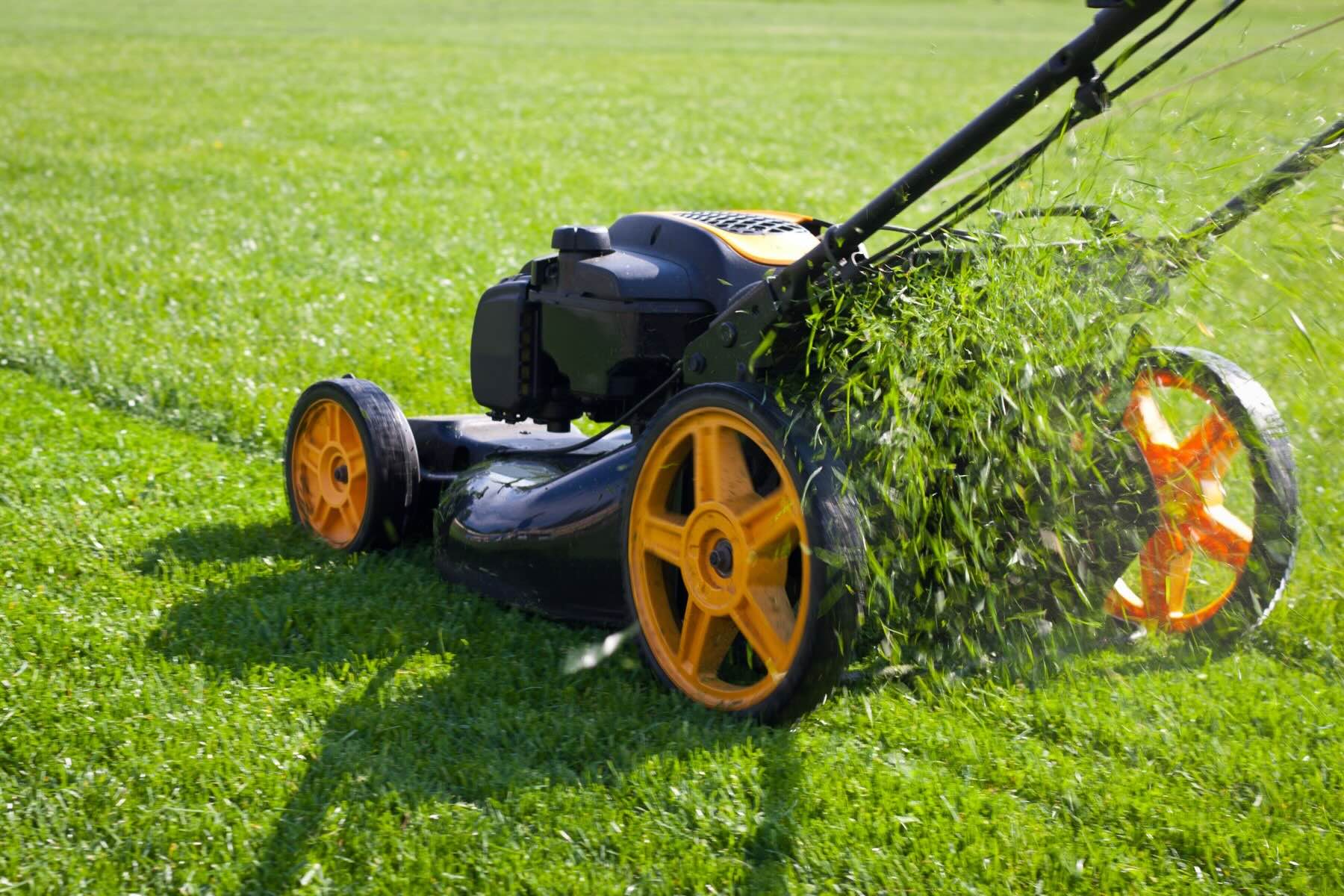
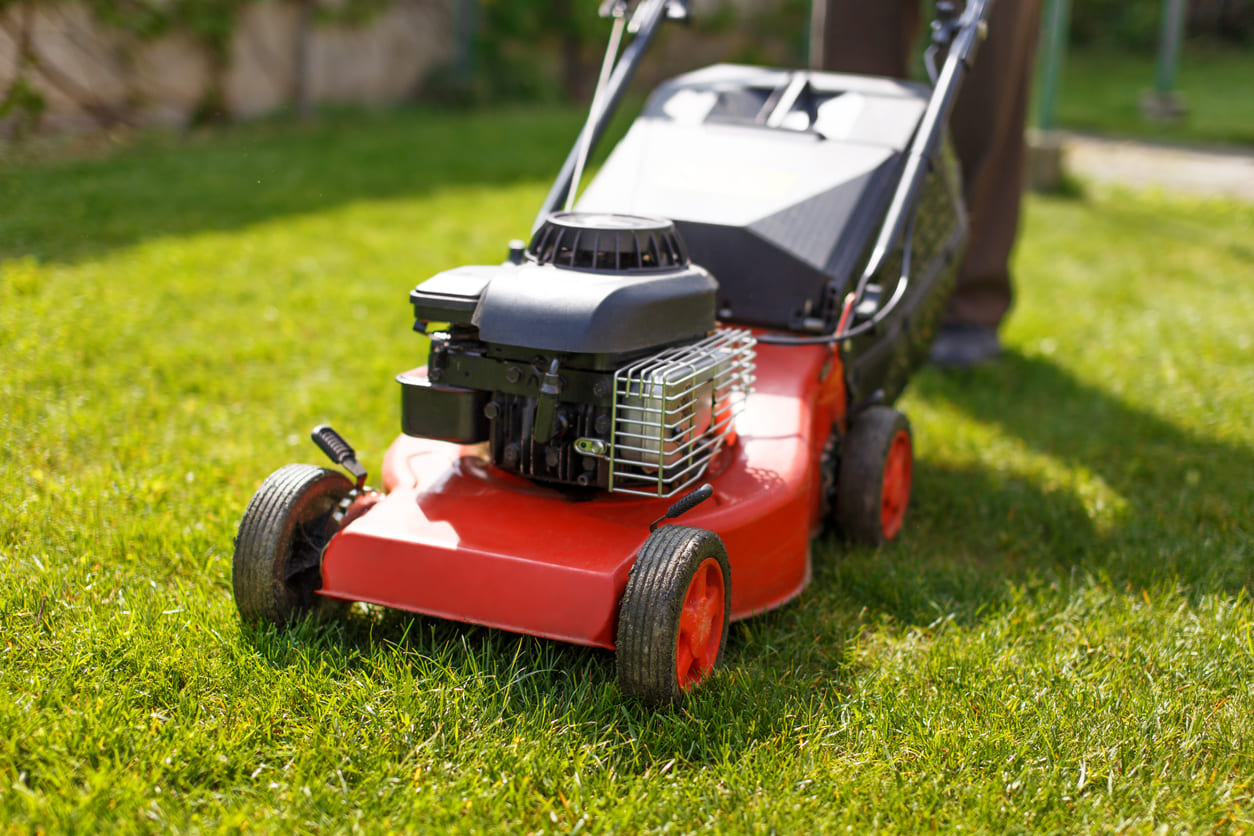


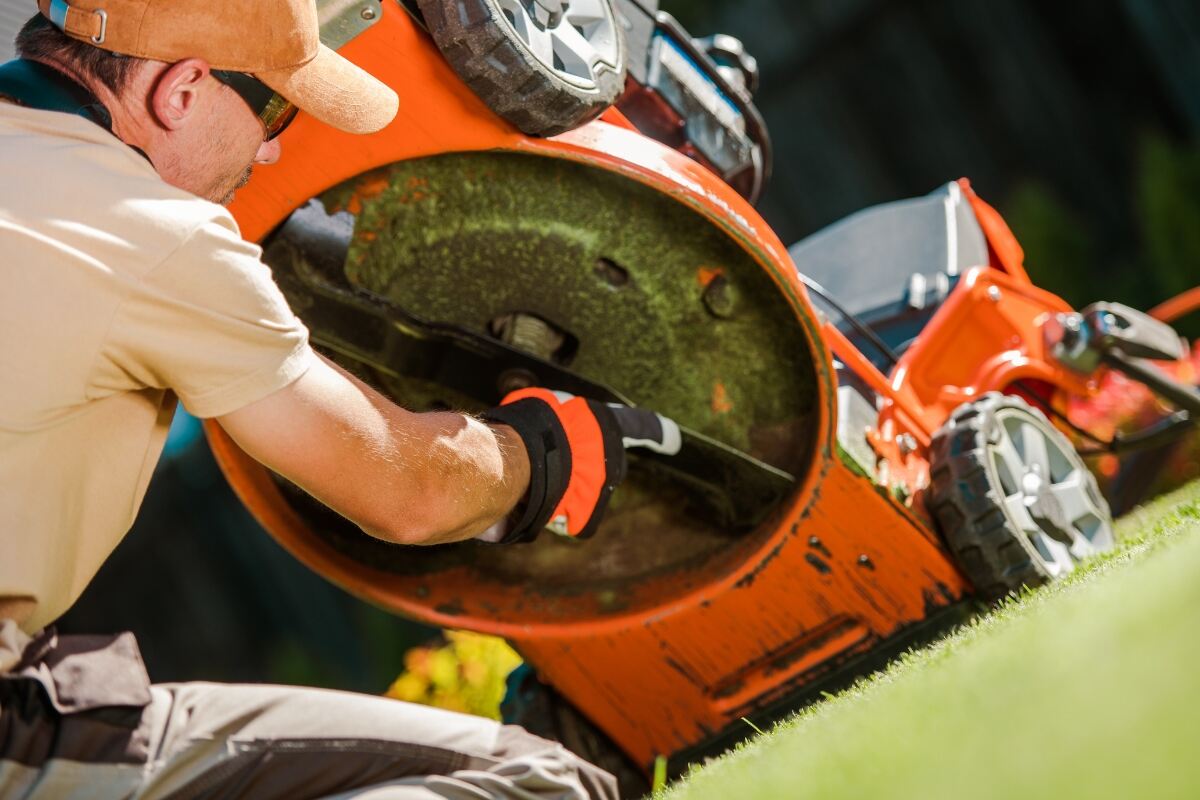


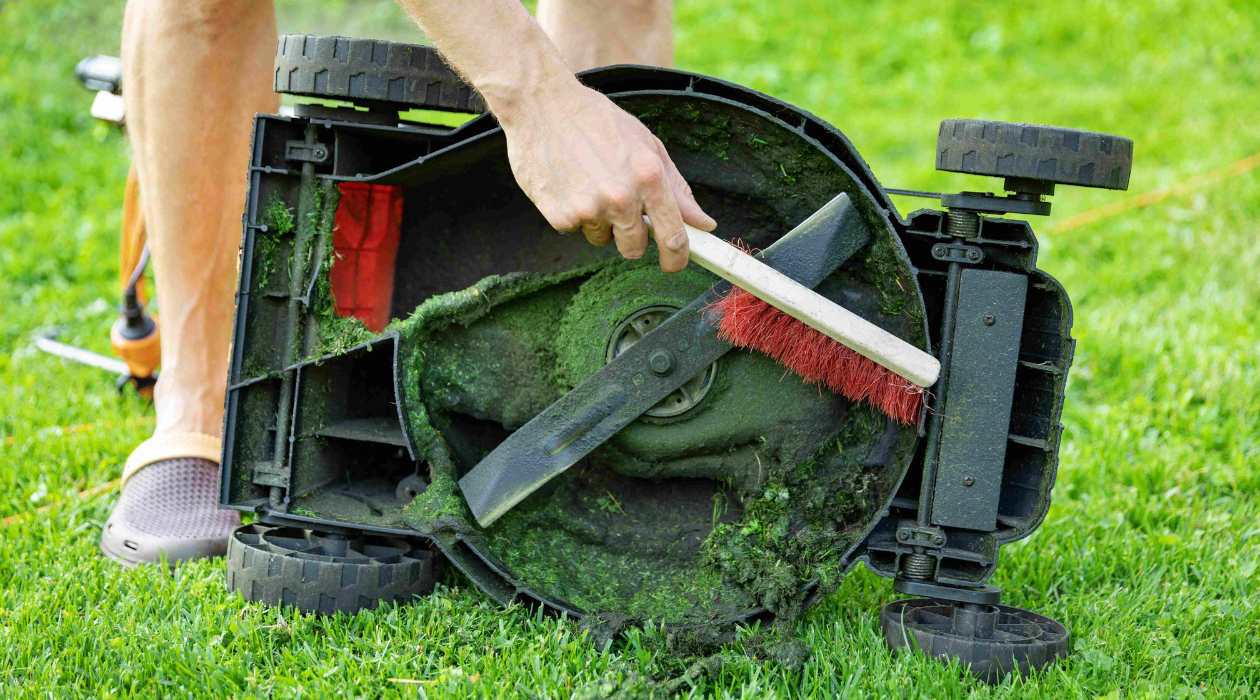






0 thoughts on “How Does A Lawnmower Engine Work”